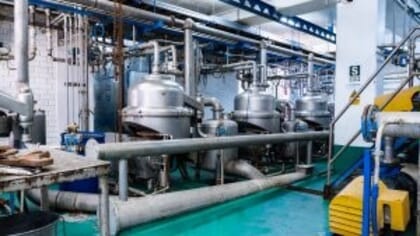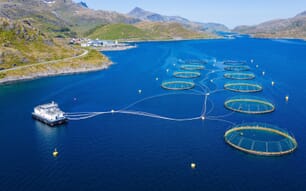
© IFFO
“This is mainly due to fewer catches in the North-Centre of Peru in quarter 1 2022, while the higher capelin catches in Iceland have pushed up fish oil output,” explains Dr Enrico Bachis, IFFO’s market research director, in press release which summarises the report’s key findings.
This countries sampled in the report, based on the IFFO membership, cover approximately 50 percent of the world production. According to IFFO, the report “can be taken as a proxy for global trends”.
In terms of fishmeal, the Northern European countries, USA and India are the only countries in the report which increased their cumulative production during the first two months of this year. Similarly, in terms of fish oil, North European countries, USA and Spain have managed to report a higher cumulative production in 2022 with respect to the same period in 2021.
The story in China
Amid severe disruptions due to Covid, China’s domestic fishmeal and fish oil production remains subdued, according to the report. In May the new fishing moratorium will be imposed across the Chinese coastline, keeping the fishing fleet in harbour until September.
However, the report predicts that fishmeal and fish oil output from by-products may ramp up, as ready-to-eat meals are becoming more popular in China. Moreover, China is increasing domestic processing of snakehead and channel catfish, which generally provide good sources of by-products.
In terms of international trade, China’s fishmeal imports in January and February 2022 decreased year on year – with Peru, Russia and Vietnam being the top three providers. The rate of fishmeal offtakes from ports is beginning to accelerate. However, it was lower in the first quarter of 2022 compared with the same period of time in 2021.
According to IFFO, among the reasons for such a decrease are earlier procurement from feed mills at the end of 2021, as well as logistics and sanitary prevention measures against Covid-19 at ports.
The report notes that the first aquaculture season traditionally starts in the month of April, but this year it is developing amid severe disruptions, both in terms of logistics and consumption. Aquafeed production increased in the first two months of 2022 year on year.



